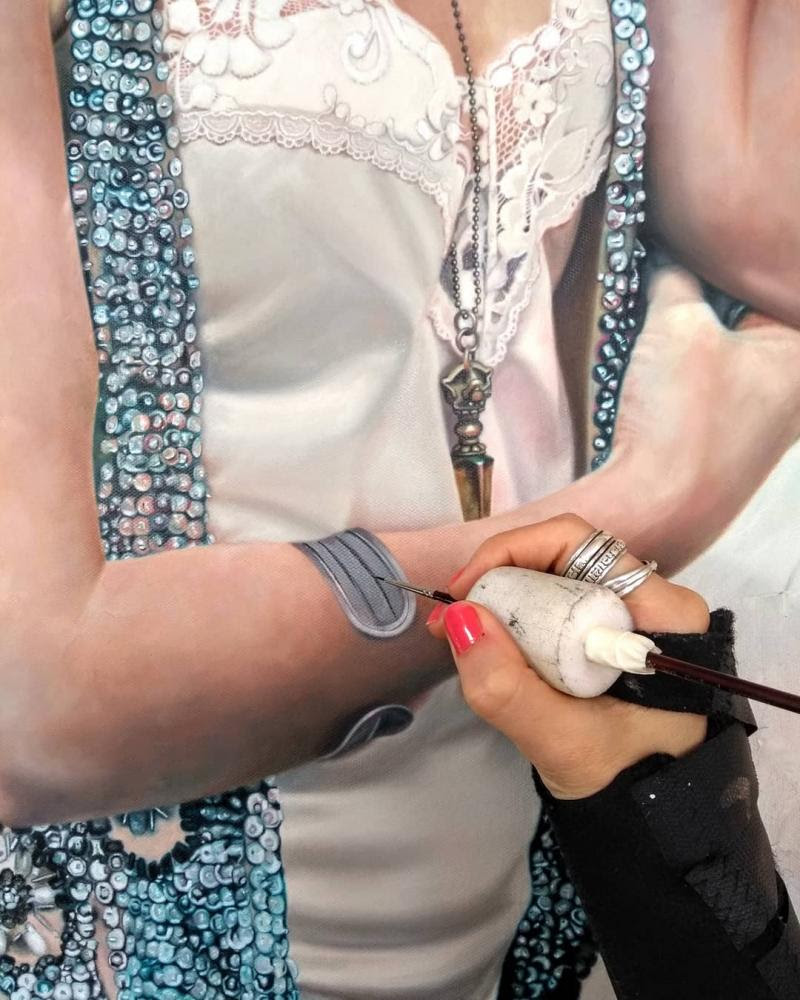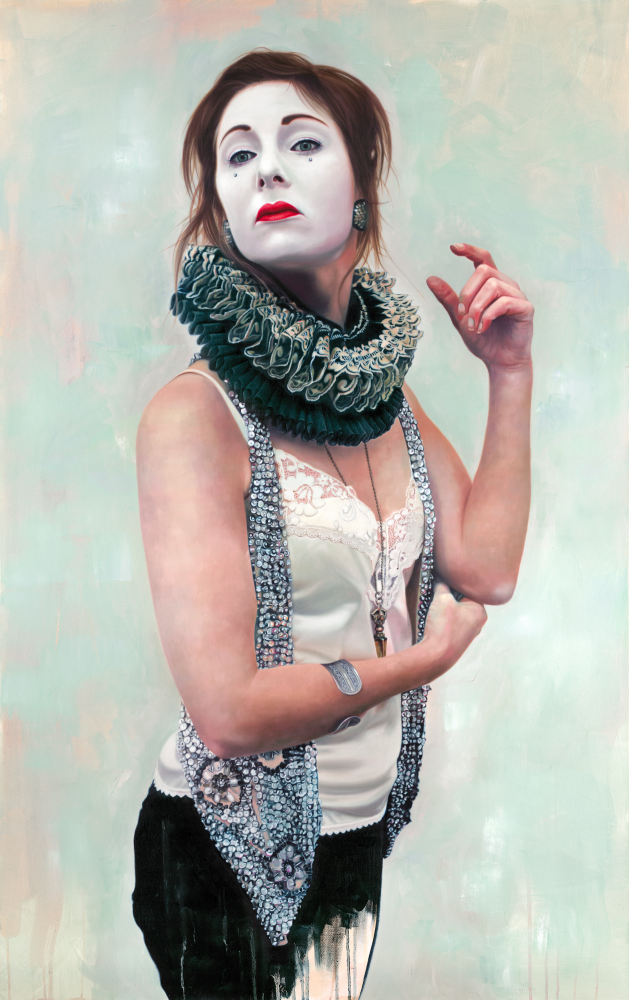So did you create your workshop offer earlier this week?
If not, take 10 minutes right now to map it out.
And if you did — congratulations!
You’re excited but also nervous about what you just got yourself into…
… and that means you are 100% on the right track.
Now it’s time to fill your class with paying students.
And you’ll want to avoid these three super-common mistakes.

Mistake #1: Posting on Social Media First
Quick quiz:
When should you post your enrollment link on social media?
A. Right away — people should know about it so they can plan
B. Within minutes of announcing it to your email list
C. A few days beforehand — you’ll need time to create the perfect post
D. None of these
If you answered A or B, you’re not alone.
Of course you are excited to share the news!
If you picked C… well, you’re also not alone.
And you’re probably a perfectionist who wants to find the ideal image and words before you share anything.
But whether you chose A, B, or C,
you probably didn’t get many signups this way.
That’s because posting an offer to social media first is at best ineffective.
And at worst?
It can even turn people off from working with you.
Instead, our students follow a completely different strategy,
one that books seats before they ever share about it publicly.
Some even filled their first workshop completely this way…
…and then they announced on Instagram that the first round was already full.
Suddenly, they had a wait list of followers who wanted in for next time.
And THAT is the goal that brings you security: being in demand with a wait list.
Now, how do you know what to say?
Well, you’ll want to avoid…
Mistake #2: Being Too Direct
Nobody likes being sold to.
But a typical offer might read like this:
Hey there, Person Who Once Expressed Interest in My Work!
Hope this finds you well.
I’m writing because I’m launching a new workshop about XYZ.
It starts in two weeks and costs $200 plus materials.
Click here to sign up.
Thanks!
This is like running into someone who already thinks you’re cool,
but instead of asking about how they are doing,
you just hand them a flyer and dash off.
You want to build a relationship that rewards people in your inner circle.
To have a conversation, not make a sales pitch.
To get that person excited about this creative opportunity with you.
Lots of our students struggled with finding the right words at first.
So we created a few customizable scripts that gave them the confidence
to reach out and make genuine connections with their future students.
And best of all, no sleazy salesperson vibe.
Bottom line: When your mindset is about helping others,
you can learn the right words to offer value without feeling pushy at all.
Of course, once someone is interested, it’s not enough to just make the offer.
Mistake #3: Not Creating Exclusivity
Life gets busy.
Even someone who wants to work with you may forget to sign up in time.
So you’ve got to express why they need to act now.
If your workshop is something they can join anytime…
…you are competing with on-demand offers like Netflix or YouTube.
Good luck with that!
You need to bake into your offer two magical things: Urgency & Scarcity.
If they can join anytime… they will join “someday soon”… which means Never.
If you have no limit on students… your value drops to that of a free YouTube video.
You are giving them your time & attention — both are limited.
When you help people realize an opportunity is limited (and it really is!),
they have to make a decision — do it now, or wait much longer.
So, give them a reason to sign up now.
—
One more success story for you:
Using the proven fill-in-the-blank scripts we share in our coaching program,
Canadian painter Melissa Baron filled two cohorts of her online watercolor workshop.
Now she has the flexibility to tap into this source of income anytime she wants.

Click here to hear Melissa talk about her experience.
Now that you know what NOT to do,
would you like our help to fill your classes quickly?
Or extra confidence by having a second set of eyes reviewing your offer & outreach messages before you put them out there?
Apply for a free clarity call to learn how we can help with your outreach strategy.








 You Have No Idea of the Gift You Once Gave Me – oil on canvas, 48″ x 30″Solly has a message for visual artists everywhere:
You Have No Idea of the Gift You Once Gave Me – oil on canvas, 48″ x 30″Solly has a message for visual artists everywhere: